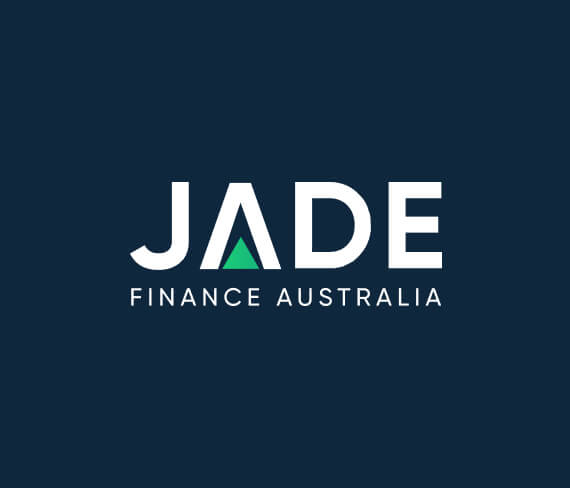For those considering major purchases with personal loans and business finance, having an understanding of what’s happening in the Australian economy in general may assist with the decision making. There are many factors which can influence financial decisions depending on individual circumstances. Wages growth prospects may be a consideration for those planning say personal car loans while the prospects for general business growth will be of interest to business owners. The outlook for interest rates will likely be of interest to all buyers.
There have been a raft of statistics released in the first few months of this year. The Australian Bureau of Statistics (ABS) has reported both monthly data sets for key indicators as well as the figures for the December quarter. After not holding a meeting in January, the Reserve Bank (RBA) resumed its monthly cash rate decisions at the start of February.
With the Federal Budget due in May and households facing costs of living pressures from high inflation and high interest rates, the Federal Treasurer Jim Chalmers has been making regular statements and comments on the economy. There has been a lot of information being disseminated which can be helpful and confusing.
To assist with explaining what’s been happening, we refer to a release from the ABS which provides an easy to understand snapshot of the Australian economy to the end of December 2022. We’ve included some additional comments from other sources to elaborate further. As additional information, we update on the latest figures for inflation and the possible impacts for interest rates.
ABS – What Happened in December Quarter
The ABS summarised the major economic events of the December Quarter into a list of 12 items.
Here is a snapshot of some…
- The quarter saw the economy grow for the fifth quarter consecutively since the end of the lockdowns due to the Delta outbreak. The growth was 0.5% which indicates a slow-down. The ABS compared the figure to 2.7% last year.
In commenting on the latest GDP figures, Treasurer Chalmers said the easing of growth was expected. - International trade was the major driver of economic growth over the quarter. The growth in exports was 1.1% as imports fell by 4.3%
- Inflation continued to rise over the quarter with price pressures. The rise in consumer prices for the quarter was 1.9%, resulting in the largest annual rise in inflation since 1990. Electricity as well as prices for holiday accommodation and travel were the main drivers of inflation in the quarter.
The ABS released the January inflation figures in early March which reveal that inflation then fell following the December high. Headline inflation was 8.4% as reported for December and 7.4% in January. - In the December quarter, the ABS notes that consumers eased back on purchases of discretionary goods. It notes that despite being more cautious with spending in this category, spending in the services sector remained strong. Growth in spending on services increased by 1.2% in the quarter.
Generally, household consumption was more restrained than the previous quarters but still rose by 0.3%. Retail sales were down for December. - The ABS reports households continuing to draw on savings. Saving only 4.5% of income in the quarter compared with 7.1% in the previous quarter and 6.8% in the 2019 December quarter (pre-pandemic).
- Growth in wages has been recorded and seen as a response to the tightness in the labour market and the high rate of inflation. Wage growth for the quarter was 2.1%. Unemployment remains at very low levels – 3.5% for December.
The ongoing low rate of unemployment indicates a continuing of the tight labour market. - There was a rise in taxes for the quarter. Individual income tax increased by 7.4% which the ABS attributes to wages growth and higher returns on investments. An increase of 34.2% was recorded in excise taxes due to the end of the fuel excise tax hiatus. The total amount of taxes which were collected – covering all government levels, increased by 5% in the quarter.
- There was a 1.4% increase in investment for new dwellings but a 4.2% fall for additions and alterations. The ABS explains the decline as a result of the waning effects of the HomeBuilder scheme.
- Strong iron ore extraction drove growth in mining production of 4.8%. The aviation sector domestically recorded continued recovery. But the sector has only recovered to approximately a third of what it was doing prior to the pandemic. Manufacturing activity fell by 1.8%.
- Coal and travel were the key contributors to the figures in the export sector. An 8.2% growth in coal exports was recorded which followed a fall for the September quarter. Imports fell by 3.8%.
Inflation and Interest Rates
The high rate of inflation is directly linked to the current run of interest rate rises by the RBA. In reported the January CPI figures, Michelle Marquardt from the ABS, reports the rate of inflation at 7.4% based on January figures. It appears that inflation peaked at the 8.4% recorded in December but inflationary pressures are continuing.
The RBA is still expected to continue with further rate rises, despite this monthly fall in inflation. RBA cash rate increases are felt across the lending market including in motor vehicle finance rates, leisure goods lending, equipment finance rates, and other sectors.
Despite this general across-the-board increase in interest rates, there are variations with banks and lenders and using our broker-style services can assist buyers secure the cheapest interest rate loans.
To secure cheaper interest rates on personal loans and business finance, contact Jade Finance 1300 000 008
DISCLAIMER: NO LIABILITY IS ACCEPTED IF ERRORS OR MISREPRESENTATIONS ARE FOUND IN THIS ARTICLE. THE ARTICLE IS PREPARED AND PRESENTED FOR GENERAL INFORMATIVE PURPOSES AND IS NOT INTENDED TO BE THE SOLE SOURCE OF INFORMATION FOR MAKING FINANCIAL DECISIONS. THOSE REQUIRING GUIDANCE AND ADVICE SHOULD CONSULT A FINANCIAL ADVISOR.
